The Euhorbia Mammillaris comes from South Africa and is known as the corn cob due to its form. It has a short stem, branching from the base to create new specimens, has a dark green body and rarely rises from forty-five centimeters high. It produces very small leaves that do not last long attached to the plant and in between it has the spines.
We know it by this common name because it has between seven and seventeen ribs with the tubercles in a row that remind a corn. The flowers are rare to see, but if they come out, they do it on the top, they are yellow and very small, and when they are all open it gives them a very curious crown appearance. It can bloom from late winter to early summer.
It requires direct lighting most of the day, but it also doesn’t dislike having some shade. The heat in the middle of the summer in the Mediterranean suffers without many problems, but what it cannot sustain is the minimum temperatures below eight degrees positive. They have a high drought resistance, so the irrigation will not be very continuous, unless it is a very hot day, as may happen in the middle of summer. Knowing this, we will water from spring to the end of summer every fortnight, in autumn, we will water once a month until October. We will then stop irrigating until the minimum temperatures exceed eight positive degrees.
Finally, its greatest enemy is the excess moisture that can produce a very rapid stinking of the plant. Also, we ourselves must be very careful about their manipulation, because any wound can release the latex (a milky substance that comes out only when the plant is damaged), which, if by bad luck it comes into contact with our skin, can produce allergic reactions. So, try to use gloves and above all, don’t touch your eyes or mouth.
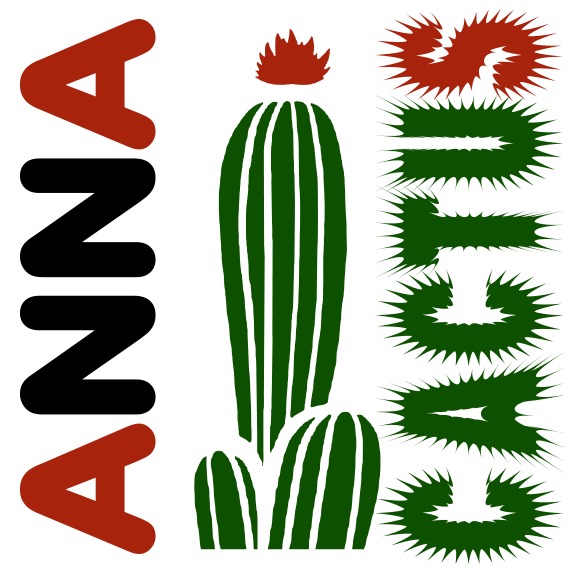
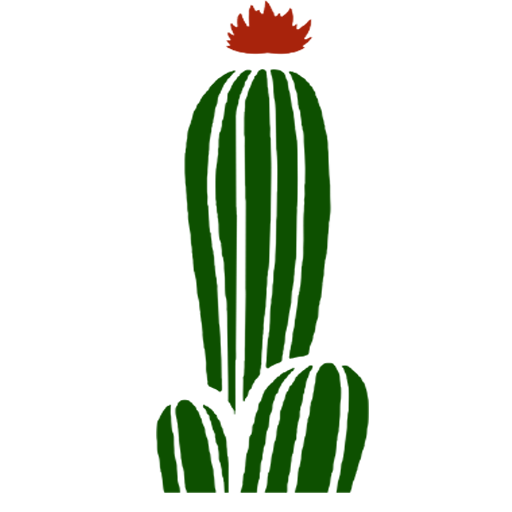
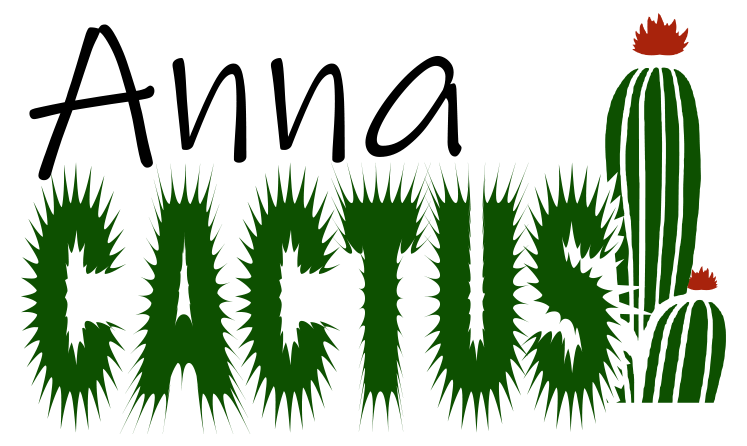

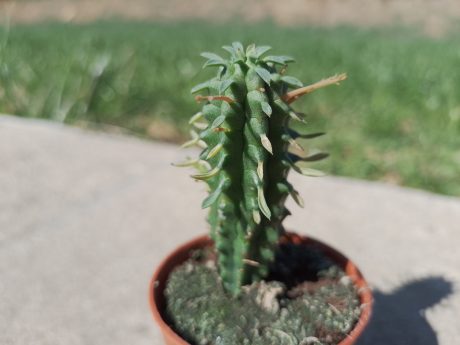
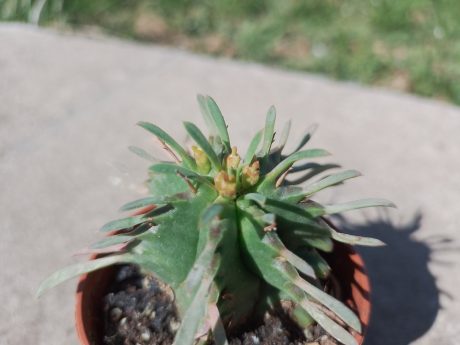
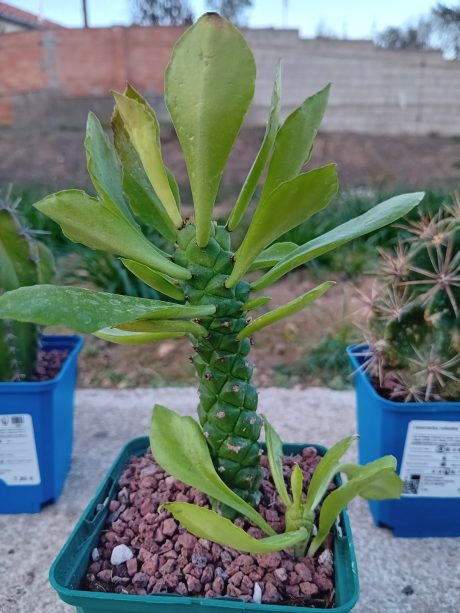

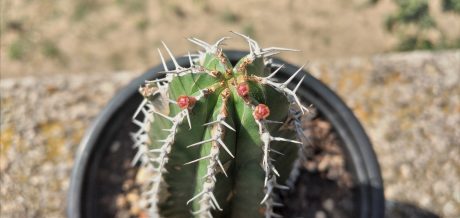
Reviews
There are no reviews yet.